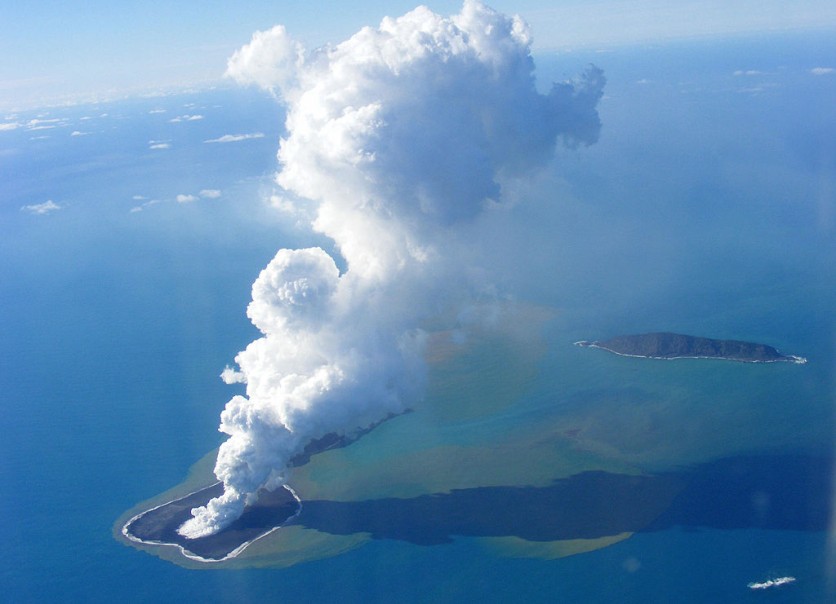An undersea volcano in the South Pacific erupted in 2015, creating the island of Hunga Tonga Hunga Ha'apai, which would only exist for seven years. But a research team seized the opportunity to study the earliest microbial settlers of the newly formed landmass.
The researchers were surprised to find a special microbial community that metabolizes sulfur and atmospheric gases, much like the creatures found in deep sea vents or hot springs.

Island-Producing Volcanic Eruption
As per a press release by the Cooperative Institute for Research in Environmental Sciences (CIRES) at the University of Colorado Boulder, these types of volcanic eruptions rarely produce islands. Hence, they were given the rare opportunity to study them closely.
"Studying the microbes that first colonize islands provides a glimpse into the earliest stage of ecosystem development - before even plants and animals arrive," Noah Fierer, co-author of the study, said in a statement.
A team of researchers on the ground obtained soil samples from the island. The team was then able to take DNA samples and sequence them.
Seven years after it first erupted, the volcano blasted once more on January 15, 2022, destroying the whole landmass in the biggest volcanic explosion of the 21st century. The eruption entirely upended the team's monitoring operations on the island as well.
However, the Hunga Tonga Hunga Ha'apai's (HTHH) unpredictable character also underscores why the team discovered such a distinctive collection of microbes on the island.
Read also : Highest Volcanic Plume Recorded by Satellites; Here's What Oxford University Scientists Reveal
Unusual Bacteria
The characteristics of volcanic eruptions, such as the abundance of sulfur and hydrogen sulfide gas, may have contributed to the discovery of these unusual bacteria, according to Nick Dragone, lead author of the study.
The study presents evidence of an unanticipated colony of microorganisms living on the island that metabolize sulfur and air gases, akin to creatures that live in hot springs or deep-sea hydrothermal vents.
Plants quickly populated the island after its emergence, most likely due to seeds in bird droppings, but the researchers concentrated their data collection efforts on bare surfaces.
All of the samples they collected from the volcano's cone contained bacteria and archaea, but those microbes were substantially different and less diverse than those collected from neighboring vegetated areas.
Members of the Kingdom of Tonga's administration collaborated closely with the researchers to gather samples from a region often off-limits to visitors from other countries.
The Sea Education Association and NASA worked together for years to coordinate the requirement that a Tongan observer approves and monitors any sample collection within the Kingdom.
The findings of the study were published in mBio.
Related Article : Ecuador's Tungurahua Called The 'Throat of Fire' May Remain Stable Despite 'Potential Collapse'

ⓒ 2025 TECHTIMES.com All rights reserved. Do not reproduce without permission.




